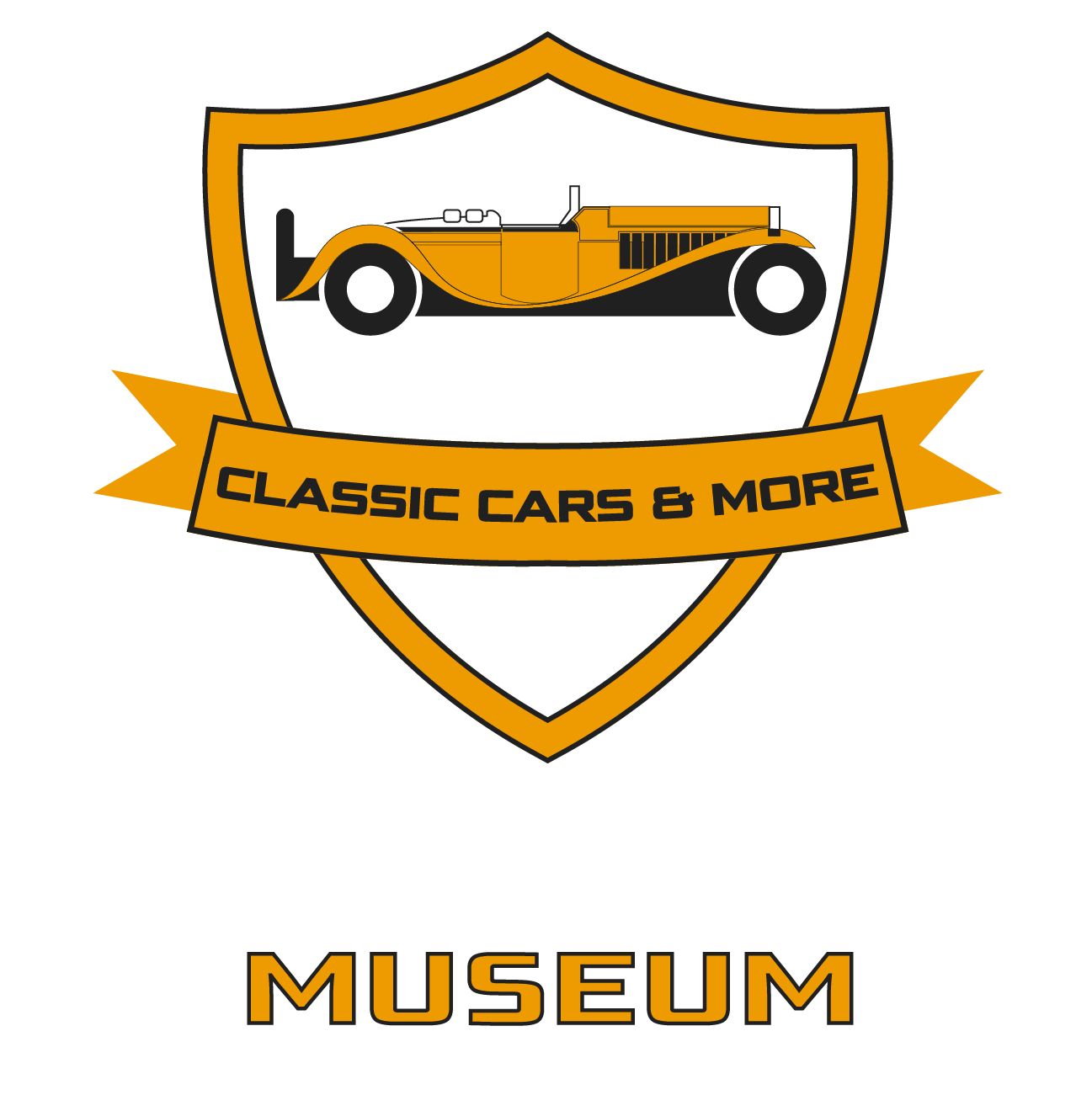365 DAILY NEWSLETTER
THE HEMI LEGACY
The term „Hemi” stands for hemispherical combustion chamber, and it represents a design philosophy that has left an indelible mark on automotive history. Here’s why Hemi engines are more than just mechanical components—they’re cultural icons:
The Hemi engine concept traces back to the 1930s, when engineers at Chrysler Corporation sought to optimize combustion efficiency. The key innovation was the hemispherical shape of the combustion chamber, which allowed for better airflow, efficient fuel burn, and increased power output. The 1960s and 1970s witnessed the golden era of Hemi-powered muscle cars. Dodge and Plymouth unleashed beasts like the Charger, Challenger, and Super Bee, all equipped with fire-breathing Hemi V8s. These cars dominated drag strips, leaving competitors in their dust.
Close your eyes and imagine the throaty roar of a Hemi engine at full throttle. That unmistakable sound—a symphony of power and aggression—has become synonymous with American muscle cars.
Anatomy of a Hemi Engine
1. Hemispherical Combustion Chambers: The defining feature of a Hemi engine is its hemispherical (or „hemi”) combustion chambers. These chambers allow for optimal airflow, efficient combustion, and minimal heat loss. The result? More power and torque.
2. Pushrod Design: Hemi engines use a pushrod valvetrain. Pushrods actuate the valves, which are positioned at an angle to match the hemispherical shape. This design allows for larger valves and better flow.
3. Dual Rocker Shafts: Hemi engines have dual rocker shafts to operate the valves. The rockers are arranged in a way that maximizes valve lift and duration. It’s like a finely choreographed dance of metal components.
4. Big Displacement and Forced Induction: Hemi V8s are known for their big displacement. Superchargers and turbochargers love Hemi engines—they thrive on the abundant space for air and fuel.
5. Performance Legends: The 426 Hemi (nicknamed the „Elephant”) is the stuff of legends. It powered the Plymouth Road Runner, the Dodge Charger Daytona, and the Dodge Challenger. With 425 horsepower (and often more), it was a force to be reckoned with.
Fast-forward to today, and Hemi engines continue to roar – modern Hemi Powerhouses:
1. Dodge Charger SRT Hellcat Redeye: A supercharged 6.2L HEMI High-Output SRT V8 with 807 horsepower. It’s the world’s most powerful mass-produced muscle car.
2. Dodge Durango SRT Hellcat: The Durango SUV with a supercharged 6.2L HEMI V8 (yes, you read that right). 710 horsepower and a 0–60 mph sprint in 3.5 seconds.
3. Dodge Challenger SRT Hellcat Redeye: The ultimate Challenger with 797 horsepower. It’s like strapping a rocket to your daily commute.
In the realm of automotive engineering, Hemi engines stand tall—a testament to power, heritage, and the pursuit of speed. So next time you hear that unmistakable Hemi growl, tip your hat to the engineers who turned a simple shape into a roaring legend.
Subscribe to our newsletter
Provide your e-mail address and click the button below to receive special deals and premium offers




